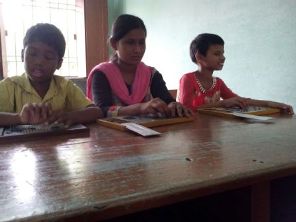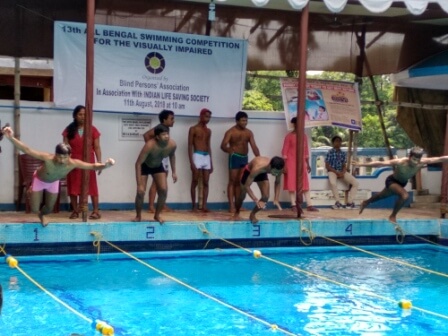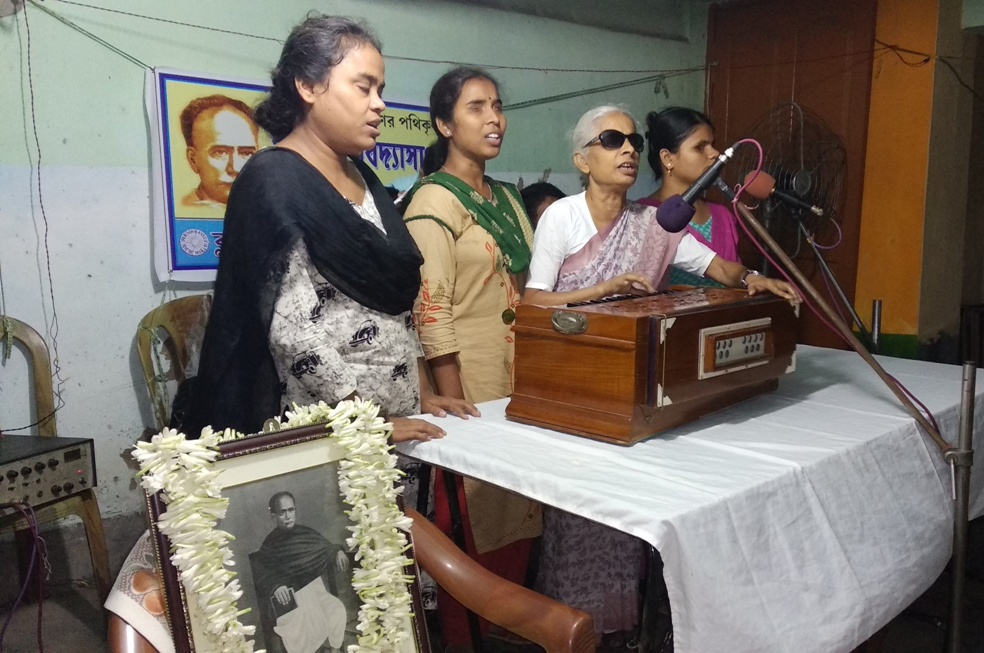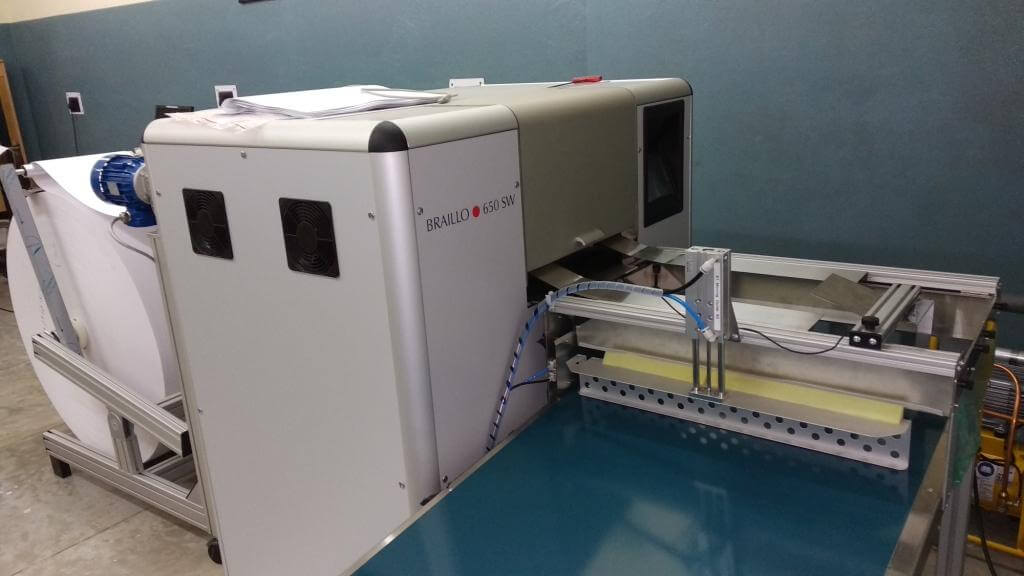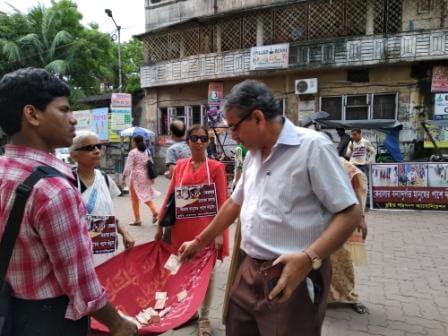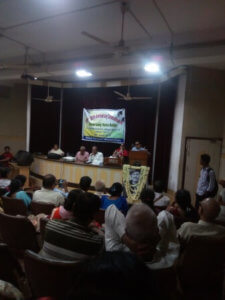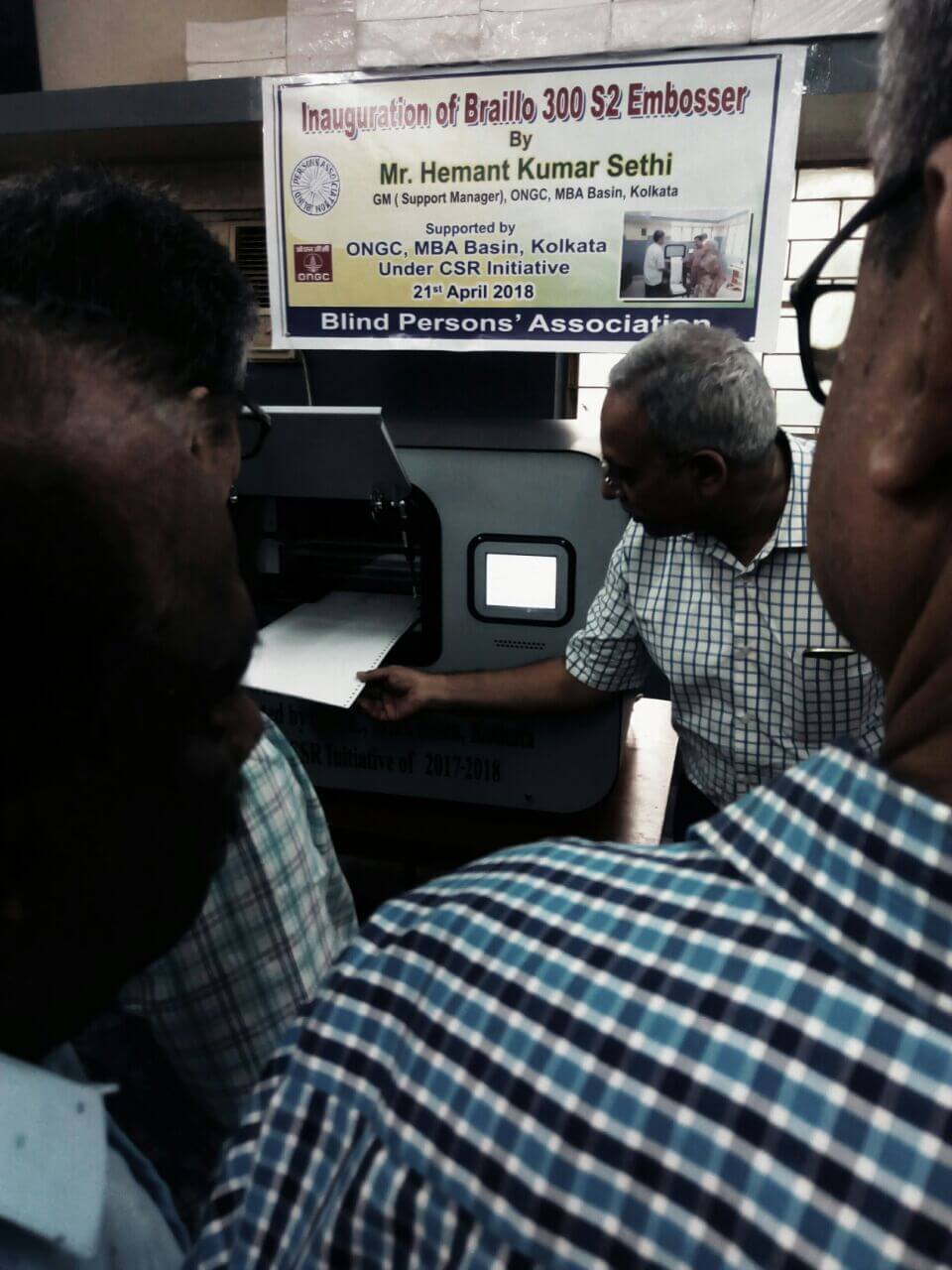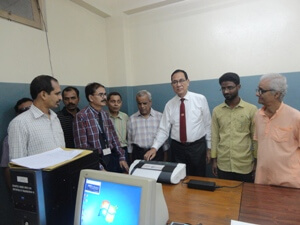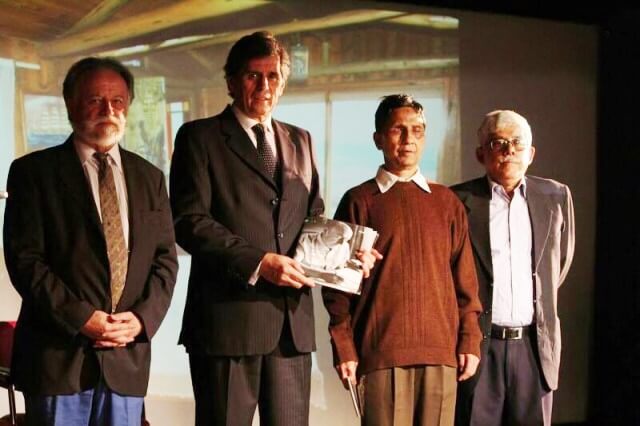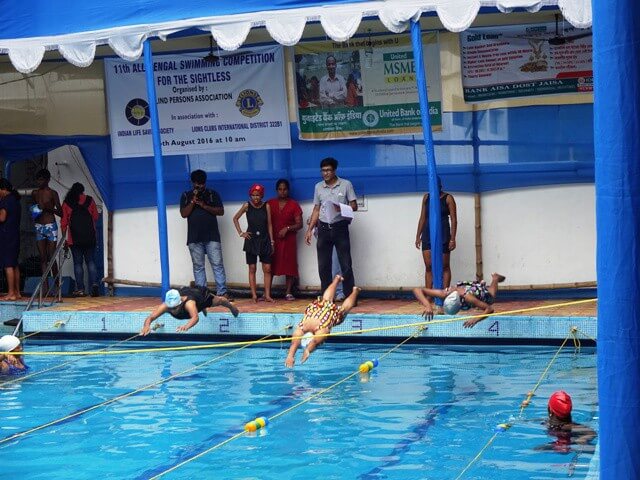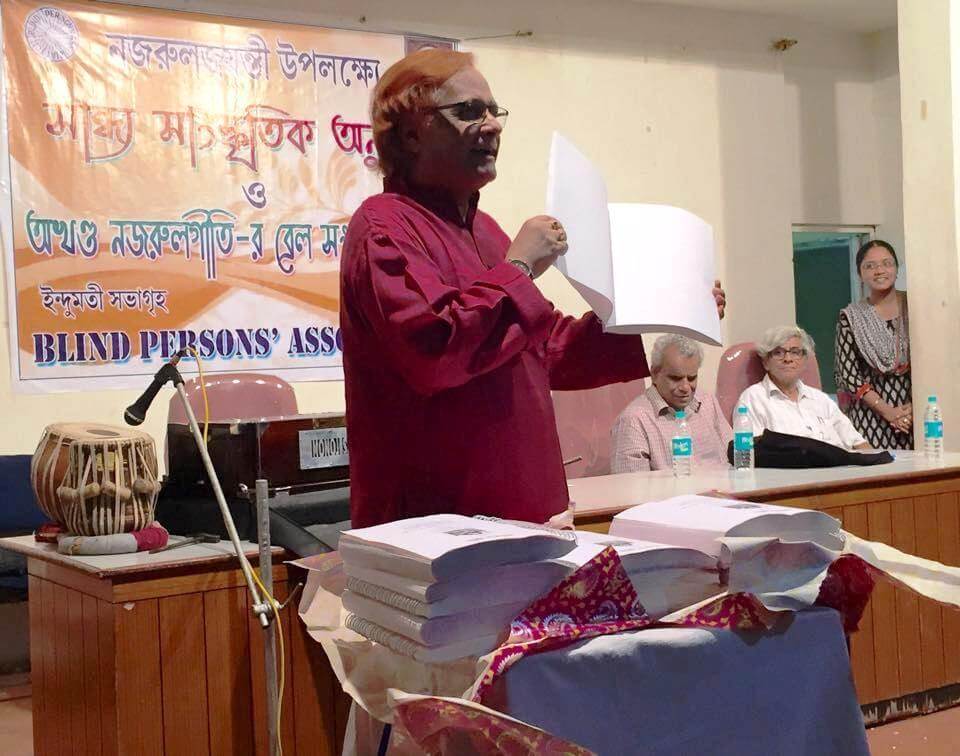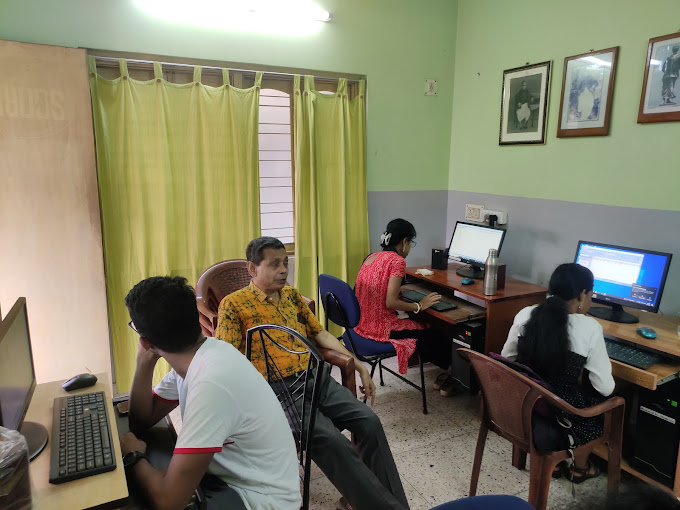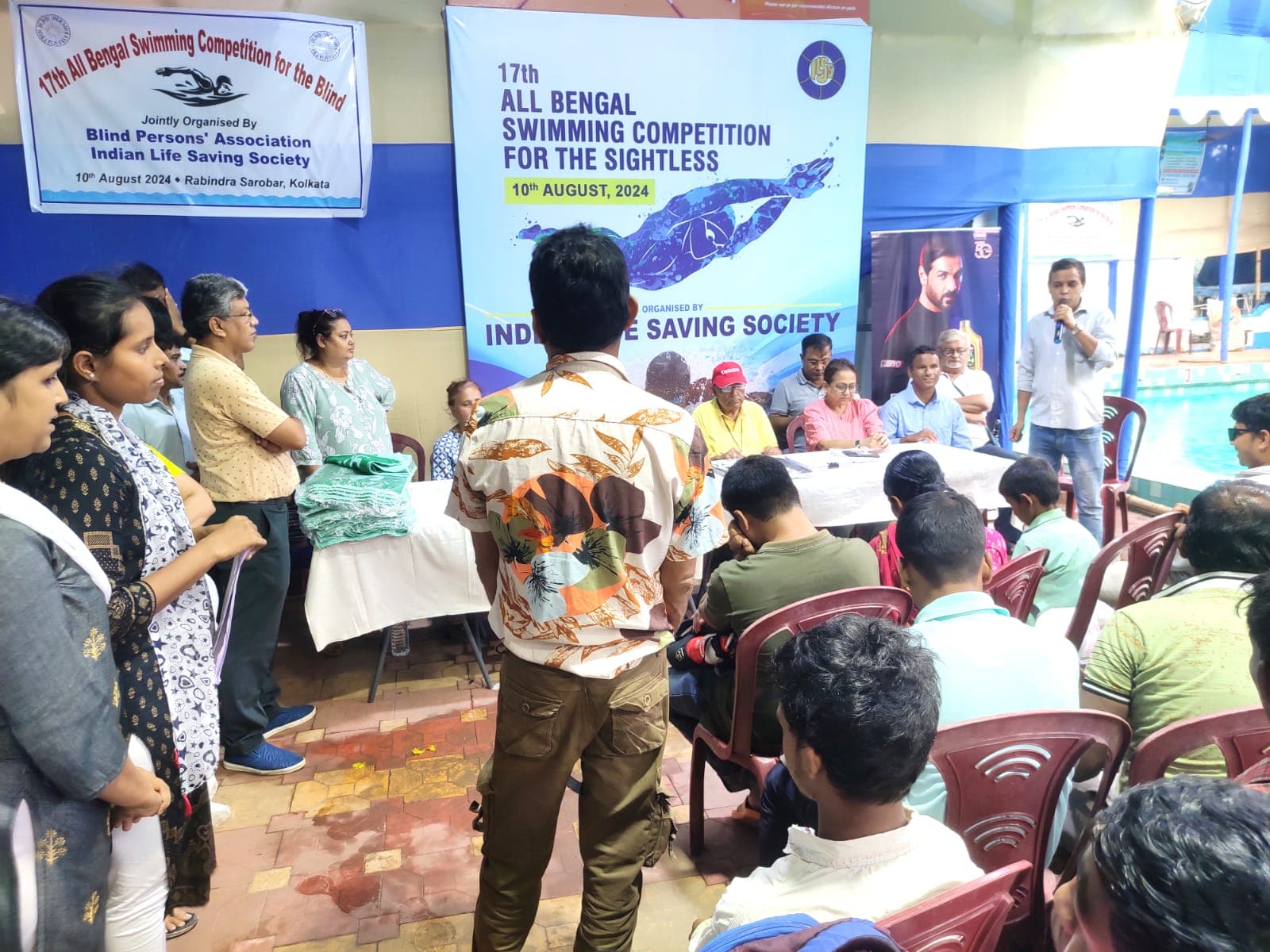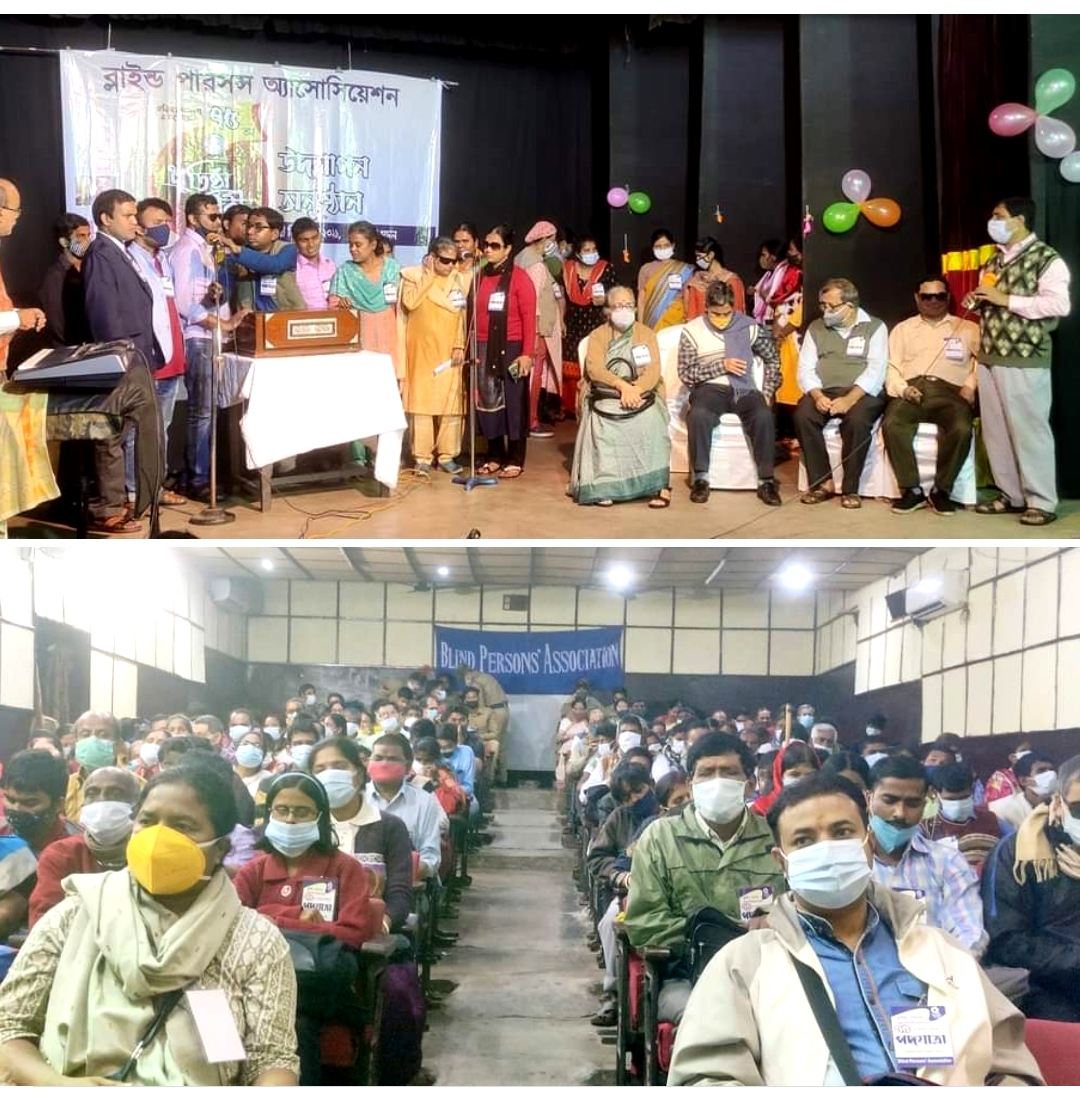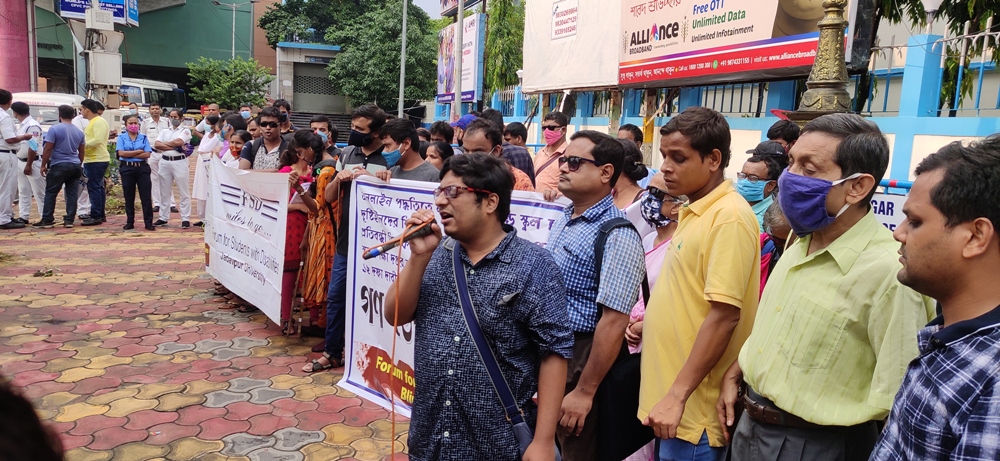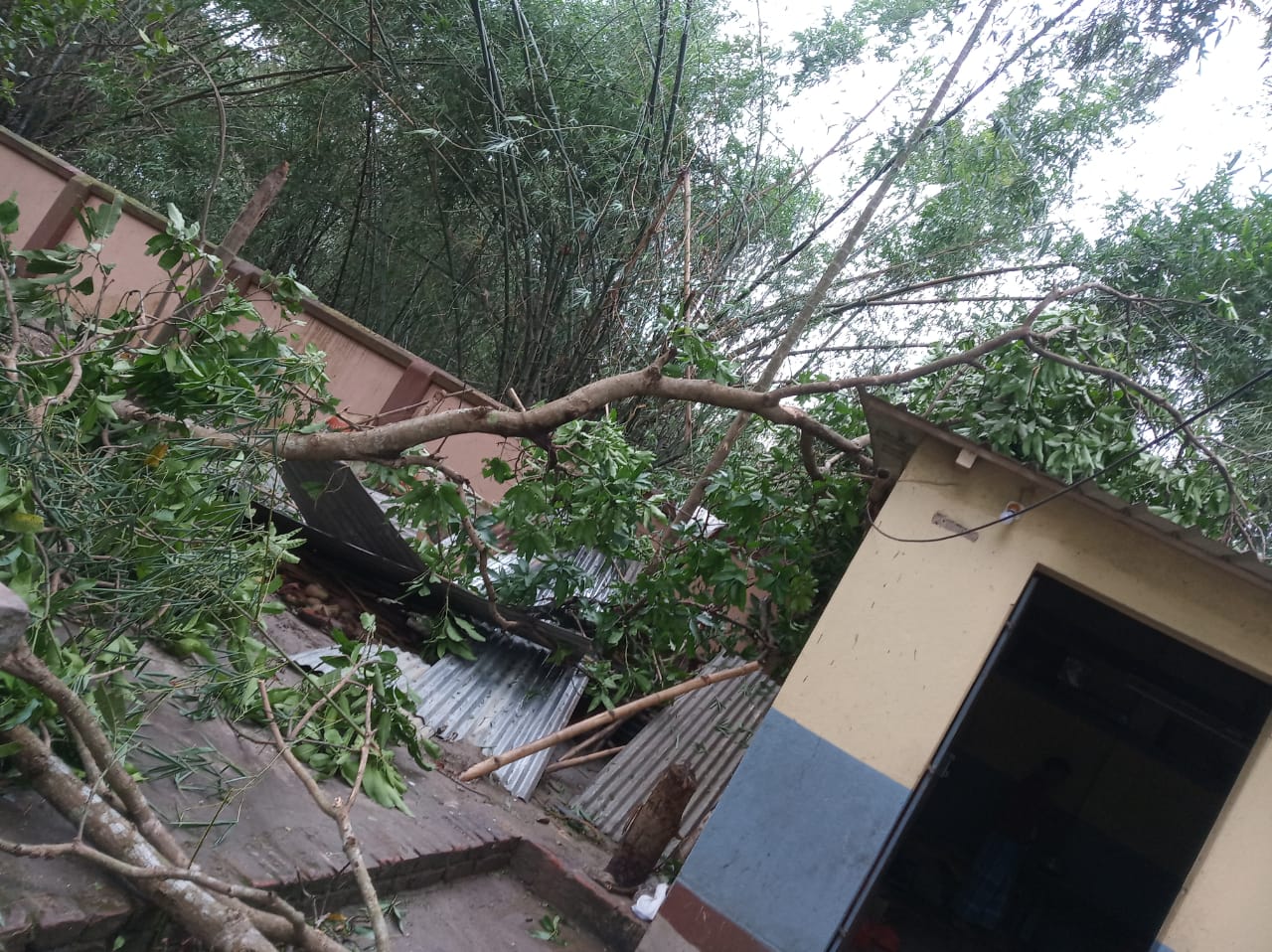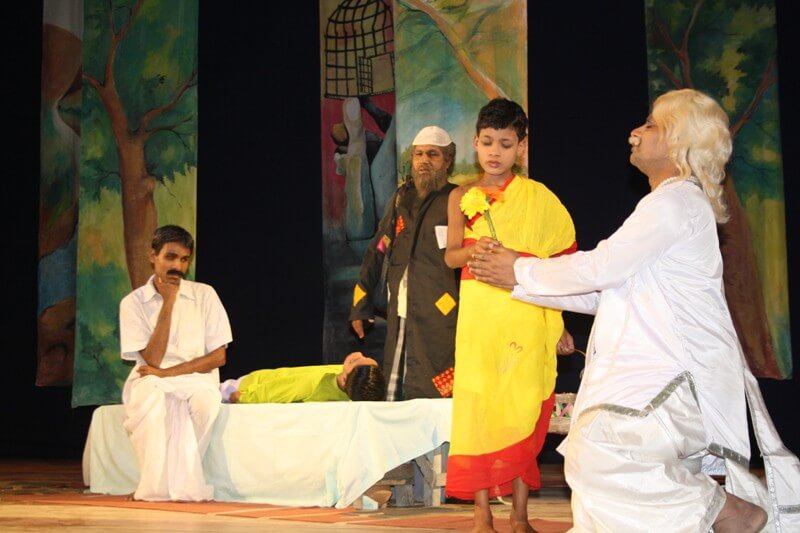hazardous effects of lead exposure are known for quite some time. Lead is no longer used in paints on doors and windows, jewellery, toys and so on. But strangely enough, lead was extensively used in producing arithmetic types or pegs used by Blind students for decades in India.
It could be a rewarding cue for mass tort lawyers in the States. Adverse health effects may occur in both children and adults. There is no identified threshold or safe level of lead in blood. Lead exposure may lead to increased risk for hypertension and its sequelae. Effects such as increased blood pressure, abnormally low haemoglobin, abnormal kidney function, long-term kidney damage and abnormal brain function have been observed at blood lead levels between 10 micrograms and 60 micrograms per decilitre in adults and children. Exposure to high levels of lead may cause anaemia, weakness, and kidney and brain damage. Very high lead exposure can cause death too.
These types or pegs are used by Blind students for working out sums on Taylor frames. These pegs with an edge on top are moved in octagonal forms to derive eight digits. The opposite end of the peg has a pointed edge which can be moved in eight more angles to obtain eight more digits or symbols.
Since these pegs are handled by the children, they are subject to lead exposure. A casual glance would reveal the darkish colour of the fingers of a child after using these pegs.
Smt. Snigdha Acharyya moved the Hon’ble Kolkata High Court in a Public Interest Litigation seeking direction for stopping lead contamination through use of these pegs. The Hon’ble Chief Justice Jyotirmay Bhattacharya and The Hon’ble Justice Arijit Banerjee in their Order of 16th May, 2018 have asked for replacing these study materials with substances with “no adverse effect on the health of the users” by September this year. The Hon’ble High Court is satisfied with the assurance given by the National Institute for the Visually Handicapped (NIVH) to introduce lead-free pegs within June. They were aware of the poisonous effect of lead and they are working on the replacement since 2011-12. They have found safe alternative, types made of epoxy glass which is a non-toxic substance.
Epoxy glass is a transparent, hard and brittle substance that is derived from the polymerisation of epoxides. It is used as a form of coating on metal surfaces to prevent corrosion. Epoxy glass easily retains the original shape in which it is molded, allowing it to perfectly adhere to a wide range of metal surface geometries. Etoxy glass may prove to be a good choice especially for its two properties – low chemical reactivity and high tensile strength. These new arithmetic types should be lasting and hazard-free.
So far NIVH was looking for an industrial partner to manufacture the pegs or types. We have to remember that production of study materials for the Blind is not an attractive prospect for entrepreneurs. Fortunately, NIVH has found a partner and let us hope, we shall soon have non-toxic arithmetic types. In the ‘seventies plastic types were introduced by NIVH. But these types were not at all durable. The edges of the types were soon worn out and particularly the pointed edges lost their sharpness soon, rendering the types useless. These types were naturally rejected by the teachers.
Obviously, the judges were anxious about the harmful effect of lead on the health of the Blind students. The state government has been asked to conduct medical checkup of the users and to take appropriate remedial measures for the affected students before the end of this year.
